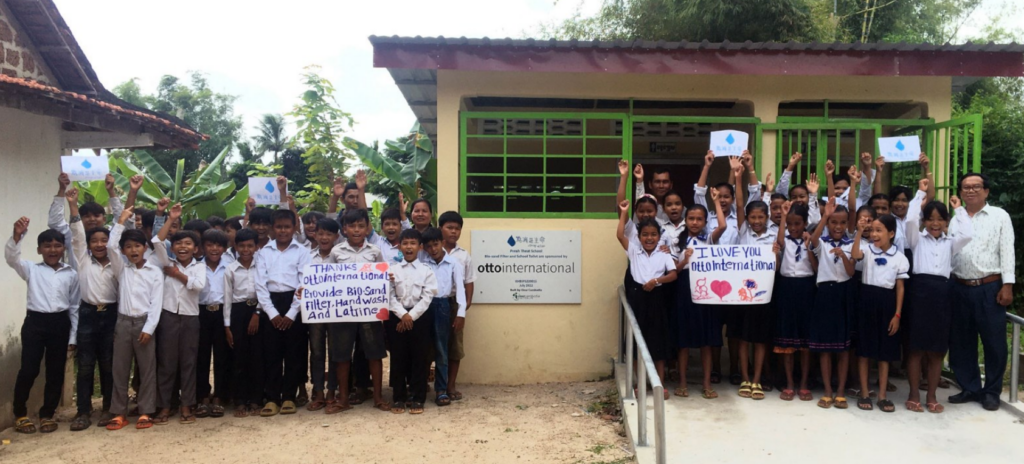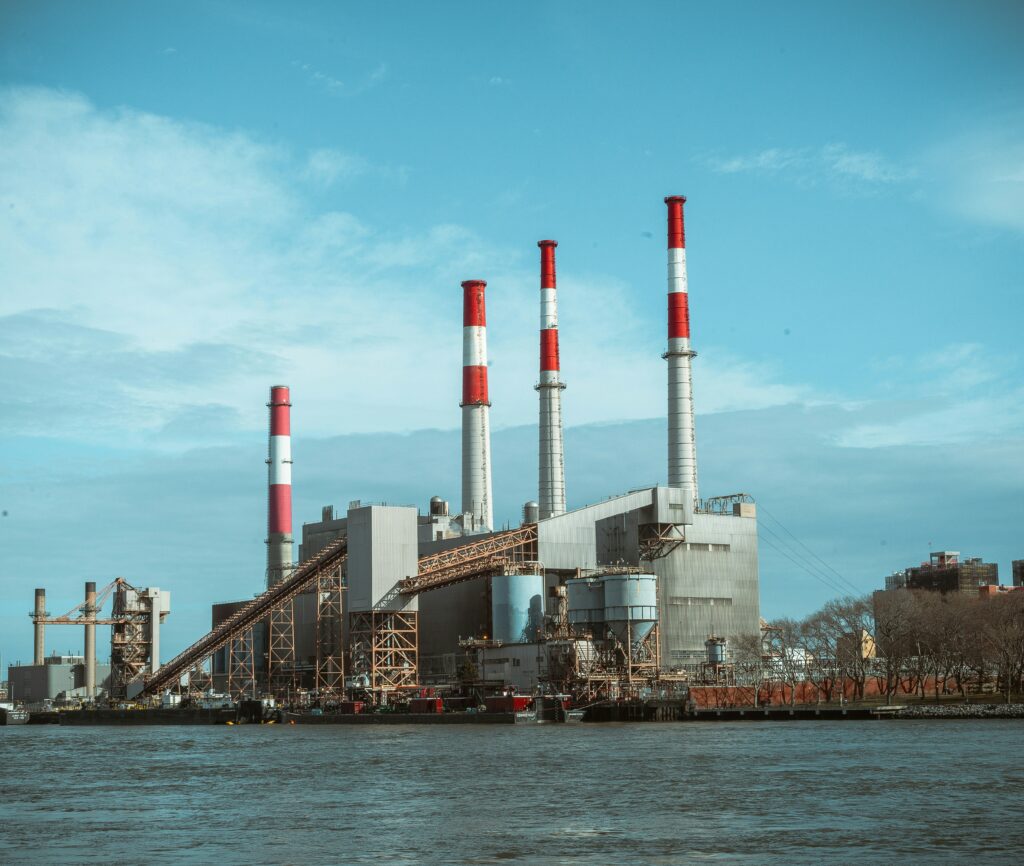Water is essential for life, health, agriculture, industry, and ecosystems. It’s one of the United Nations’ Sustainable Development Goals (SDGs) to ensure the availability and sustainable management of water and sanitation for all.
Out of all the product groups that we service, textile production is by far the most water-intensive: in fact, the textile industry is one of the largest consumers and polluters of water in the world.

The Ellen MacArthur Foundation found that, from farming, sourcing, and processing, the washing, and dyeing of fibres, and more, around 93 billion cubic metres of water are used throughout all textile production processes annually. The European Parliament also estimated that dyeing and finishing textile products caused about 20% of global clean water pollution.
As a result, the industry has posed various environmental challenges. We at Otto International believe that smart water usage benefits everyone and every action counts.
Our Approach

Our commitment and actions towards ensuring access to clean water and sanitation are threefold.
- We promote water conservation and actively minimise our water footprint in the workplace, that is, in our Otto International locations. We do this by considering our water usage in many different office scenarios, all of which add up to hundreds of thousands of litres saved every year.
- We also support and enable clean water access for underprivileged people in communities, especially those near our operations. To learn more about our previous initiatives, click here for a recap of our water campaign last year.
- We implement practices to improve our water management and reduce our water footprint in the supply chain. We recognise the urgent need to address water usage in manufacturing and are proud to share our third Corporate Responsibility initiative: Water in the Supply Chain.
Water in the Supply Chain
Leveraging our expertise in supply chain environmental management, Water in the Supply Chain seeks to empower our supply chain partners to improve their water management and reduce their water footprint. The primary aims of the initiative are to:

- Draw attention to and foster an understanding of the crisis caused by irresponsible water usage and disposal,
- Provide clear goals with a selected tool to track water consumption in the production facilities we are associated with, and
- Share best practices and conduct training for our supply chain partners to shift towards more sustainable operations.
We continuously strive to make a positive impact in our communities and contribute towards a more sustainable future. Going forward, we will carry on making conscientious decisions that ensure we are expanding our water conservation efforts in our workplaces, communities, and supply chain.
Follow us on LinkedIn for more business updates.

